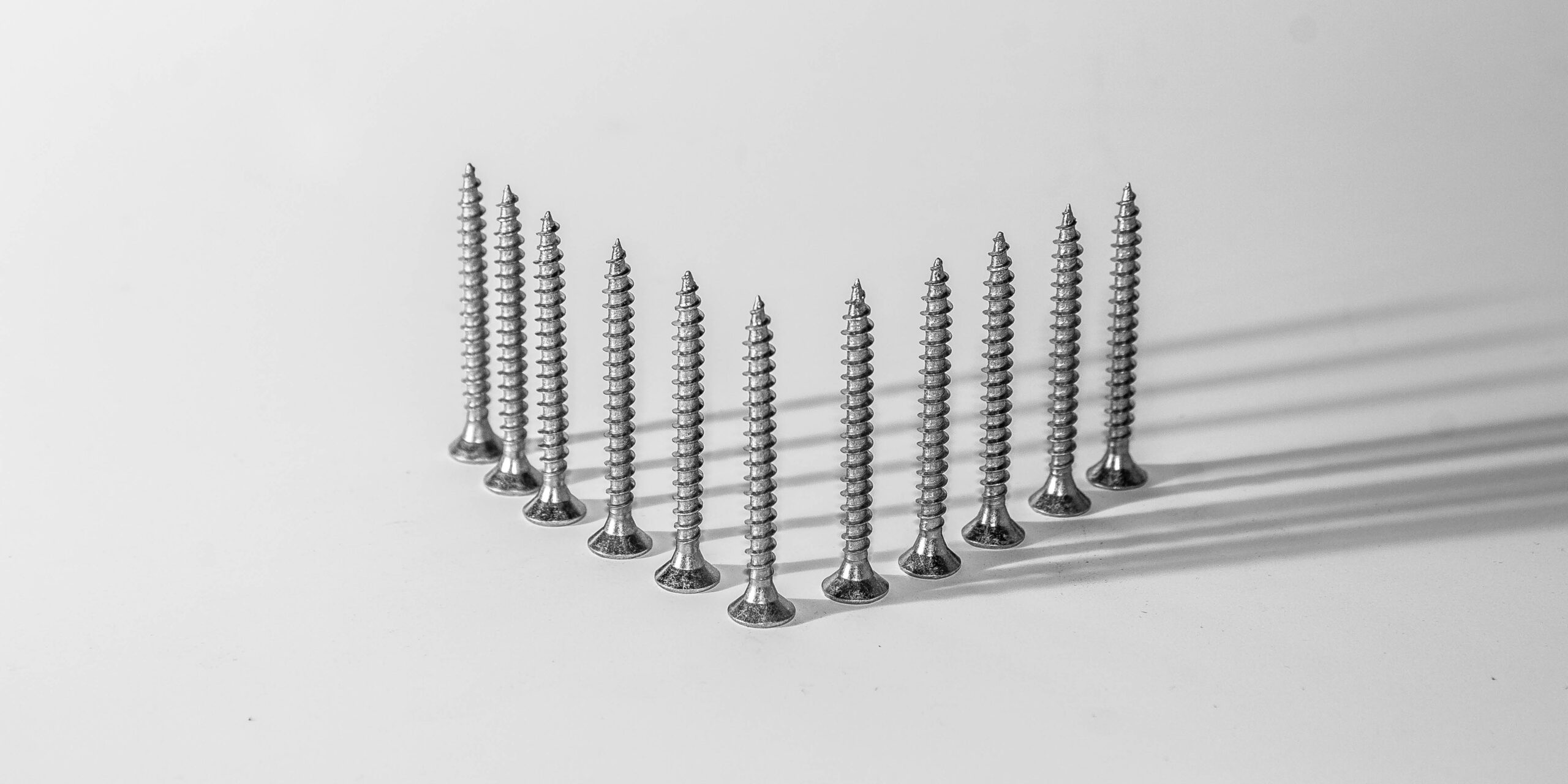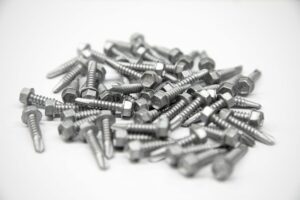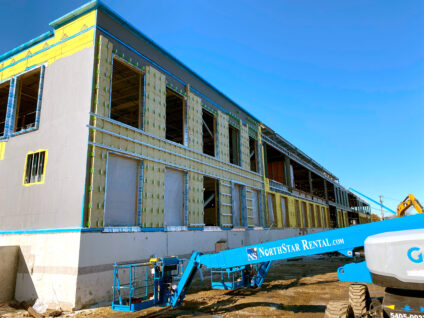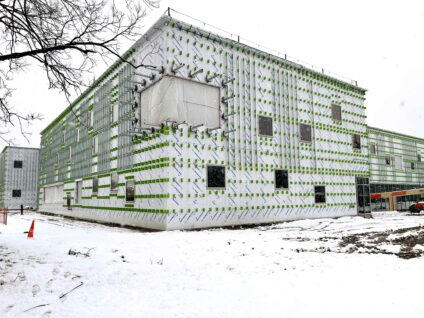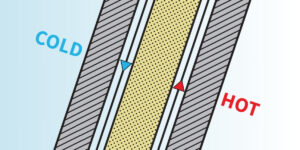Introduction
An impact driver, primarily designed for driving screws, bolts, and other fasteners into different materials, is a convenient tool. It typically operates by delivering a series of strong, rotational blows that help drive the fastener into place, making it a preferred choice for tasks that require a significant amount of force. This makes the impact driver popular among contractors and other building professionals for various construction tasks.
However it is crucial to remember that while most impact drivers are powerful, compact, and versatile, they are not universal tools. Their design and functionality are not suitable for every job, material, or task. Specifically, using an impact driver may be more detrimental than beneficial when working with metal or composite materials.
Using an impact driver on these materials will likely lead to complications, such as potential damage to the material or the tool. The inherent properties of metal and composite materials – their hardness, toughness, or brittleness – can make the use of an impact driver on them ineffective or even harmful. Thus, understanding the limitations of an impact driver is critical in ensuring the driver’s or tool’s longevity and the successful completion of your task.
In the forthcoming sections, we will delve deeper into why impact drivers are typically not recommended for use on metal or composite materials and provide insights into choosing the appropriate tools for these specific tasks.
The Function of Impact Drivers
The impact drivers’ primary function is their unique ability to deliver more torque (sudden rotational force) and impact (forward thrust forces), primarily for driving screws, nuts, bolts, and fasteners. This characteristic distinguishes them from other tools, enabling rapid and efficient material fastening. The superior force exerted by these tools speeds up work processes and reduces physical strain on the user’s hands and wrists.
A key feature of impact drivers is their ability to generate force. Much like a cordless drill, an impact wrench or driver uses a sudden rotational force to drive a screw. However, quick bursts of power and torque are reserved when resistance is met. This function enhances the tool’s efficiency, mainly when working with hard materials, bolts, or large fasteners.
However, the function of impact drivers extends beyond just their formidable torque and rotational force generation. Their compact and lightweight design is another attribute that sets these models apart. This feature allows their use in tight spaces where other larger power tool models may be unable to operate. Furthermore, these devices are equipped with a hexagonal collet that offers the user a tight grip on screw and fastener heads, eliminating the risk of screws slipping during use.
The operation of an impact driver drill is comparably less noisy due to its internal mechanism. Unlike a drill, which typically operates with a continuous torque, the impact driver drill uses concussive blows, resulting in lower decibel levels and making it a more agreeable tool for prolonged use.
The versatility and power of impact drivers are another selling point. They can be used with various bits and screws, enhancing their range of tasks. Despite their limitations in handling metal and composite materials, they remain a capable and reliable companion for contractors, especially regarding woodwork.
In conclusion, with the high torque delivery, rotational force, more power generation, and can deliver quick bursts of power, this impact driver works along with the compact design, reduced noise levels, and multi-tasking function, making impact drivers a must-have for most construction projects. However, careful consideration must be given to the material in use to ensure the effectiveness and longevity of this tool.
Impact Drivers and Metal: A Word of Caution for Contractors
When a hammer or an impact driver is used on metal, the high torque and rapid bursts of power can have substantial impacts. While efficient for certain tasks, these tools can exert excessive force on metal materials, resulting in physical distortions that may compromise the material’s structural integrity.
When the metal is subjected to the intense force of an impact driver, it can cause undue stress points throughout the material. Over time, these stress areas can weaken, making the material more susceptible to cracks and fractures. This is particularly concerning in structural applications where the metal component’s strength and durability are paramount. Even minor cracks can propagate over time, leading to potential failure of the metal component and threatening the overall structural stability of the project.
Moreover, the heat generated by the high-speed rotation of impact drivers can lead to thermal expansion in metal materials. This unexpected expansion can further strain the material, potentially breaking or causing warping or misalignment in your construction project.
Therefore, while impact drivers are invaluable in many construction scenarios, their use with metal materials should be cautiously approached. Ensuring the longevity and stability of your construction projects often means choosing the right tool for the job, even if it’s not the fastest or most powerful option.
Impact Drivers and Composites: Examining the Impact
Delving deeper into the impact of drivers on composite materials, it’s important to understand the nature of these materials. Composites combine two or more materials with different physical or chemical properties, which retain their identities and are combined to create a new material with different characteristics. Often, these materials are designed to be strong yet lightweight, making them ideal for many construction purposes. While beneficial for some tasks, the higher torque from impact drivers can be detrimental to these materials due to their unique composition.¹
The high impact force exerted by impact drivers can cause the layers or components within composites to separate or delaminate. This delamination can reduce the overall strength of the composite, rendering it unsuitable for load-bearing purposes. Similarly, the impact driver’s excessive force could lead to micro-cracking within the composite material. These tiny fractures may not be very noticeable but can drastically affect the overall durability and lifespan of the composite.
In addition to the structural damage, the high torque can cause cosmetic damage. This can include visible cracks on a rough surface, making the finished product look less polished or professional. Composite materials are often chosen for their sleek, modern finish, and damage from driving an impact driver can significantly detract from this.
Lastly, the use of impact drivers on composite materials can also result in increased costs. The potential for damage may require replacement materials or additional finishes to correct issues. Furthermore, the damage could lead to complicated and costly repairs if the composite is part of a larger structure.
While impact drivers are powerful equipment that can significantly enhance efficiency in many construction tasks, their use on composite materials should be approached with caution. Understanding the various factors and potential risks and taking preventative measures can help ensure the longevity and success of your construction project.
Tools Recommended for Metal and Composite Applications
When it comes to handling metal materials, screw guns emerge as a preferable tool. Screw guns offer full control and adjustable torque settings, allowing the user to control the speed and the force exerted on the metal panel. This feature can significantly reduce the risk of material deformation, preserving the piece’s aesthetic value and structural integrity.²
For composite materials, drill drivers are often a more reliable option. Drill drivers, like screw guns, come with variable torque and speed settings, enabling contractors to adjust the tool’s power output to match the material’s strength. This tailored approach can prevent common damage types in composites, such as splits, cracks, and delamination, thereby ensuring the durability and longevity of the composite piece.
While impact drivers are invaluable in various construction tasks, their indiscriminate use can lead to undesired repercussions. By choosing the right tool for each specific task, contractors can ensure the quality and speed of their work, their clients’ satisfaction, and the end users’ safety. Therefore, the importance of appropriate tool selection in construction projects cannot be overstated.
Conclusion
In this article’s discourse, several salient points have been expounded upon. The dangers and drawbacks of using impact drivers on metal and composite panels have been thoroughly discussed. It has been emphasized that the high-torque nature of these tools can lead to significant damage, including dents, punctures, and delamination. Furthermore, the potential risks involved, such as compromised structural integrity and performance, have been highlighted.
The importance of refraining from using impact drivers on metal or composite materials cannot be understated. These materials require the use of specific tools that are designed to handle their unique properties without causing harm.
Readers must prioritize safety and best practices in all operations involving these materials. Careful tool choices for specific tasks are not only advisable but also necessary. By doing so, unnecessary damage can be avoided, and the longevity of the materials can be preserved. This approach promotes both efficiency and safety of construction practices.
If you want to learn more about the recommended tools for GreenGirt composite metal hybrid (CMH) Z-girts, GreenGirt CMH continuous insulation, and SMARTci building enclosure systems, please visit our website or contact us today!
Sources:
² ScienceDirect: “Handbook of Metal Injection Molding” ↩
© 2023 Advanced Architectural Products




